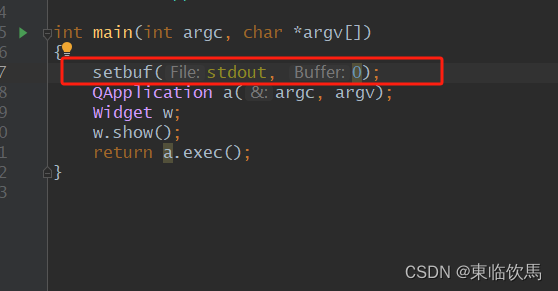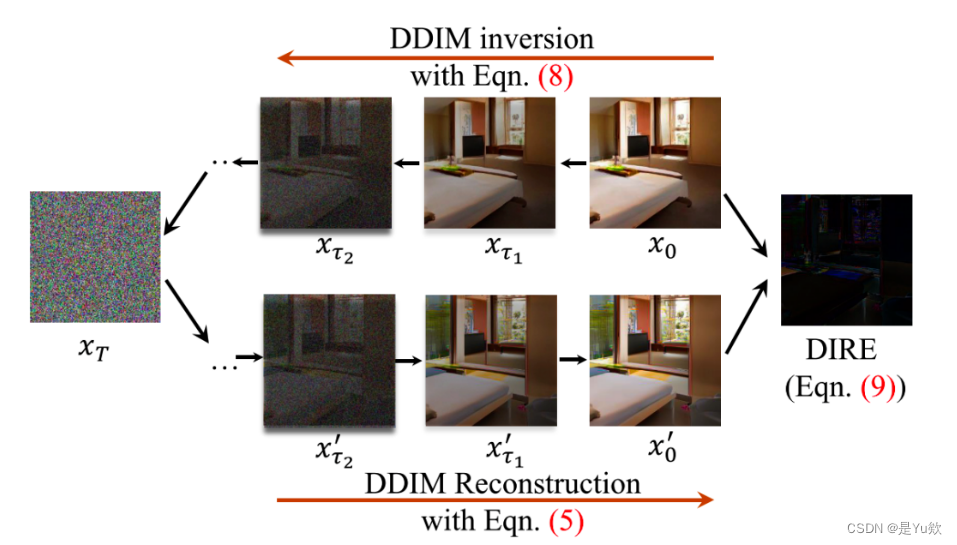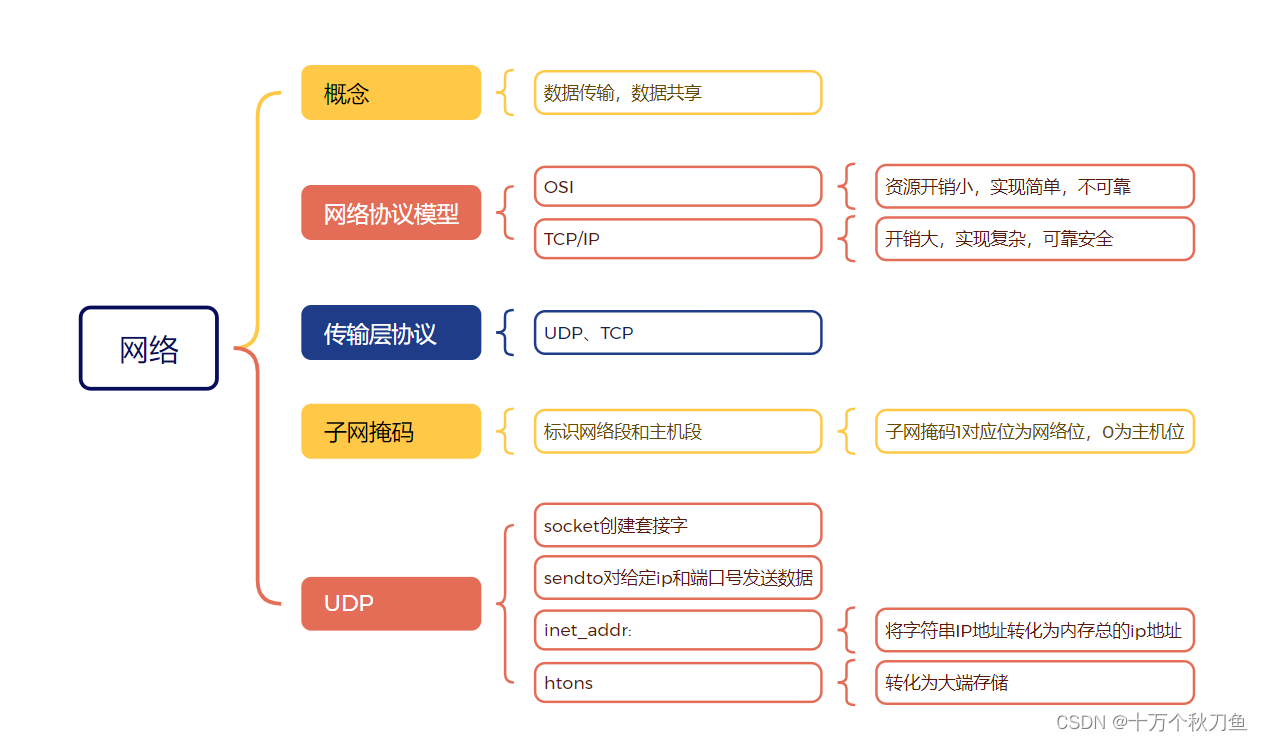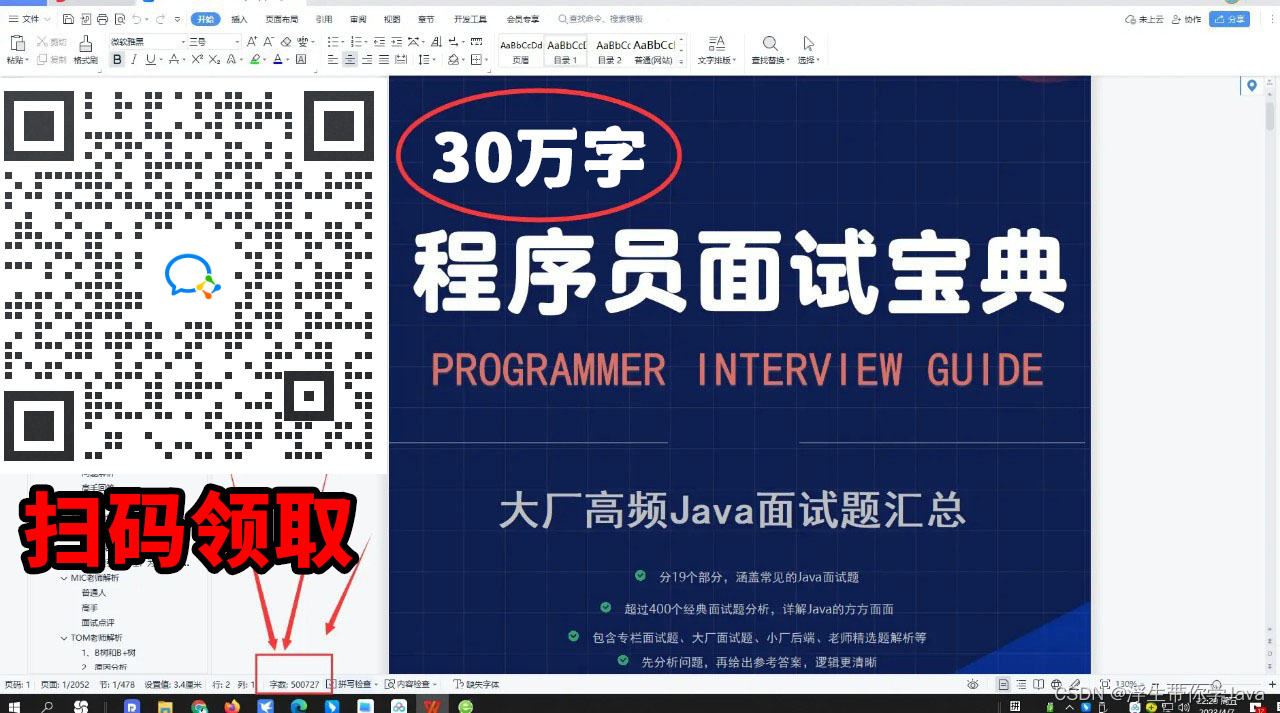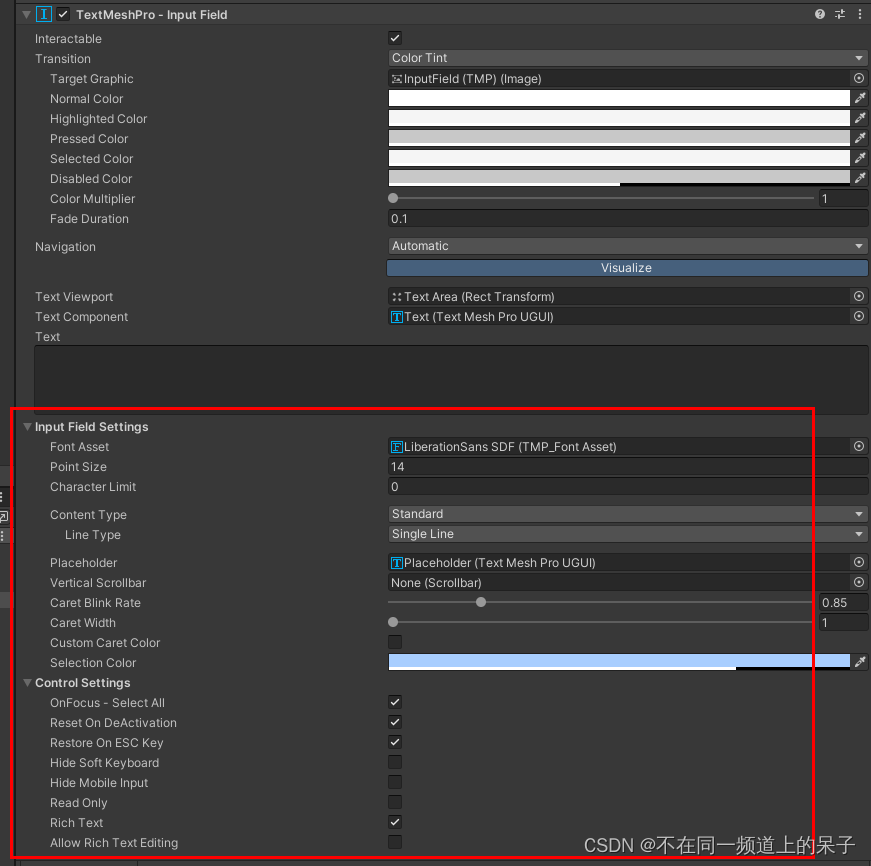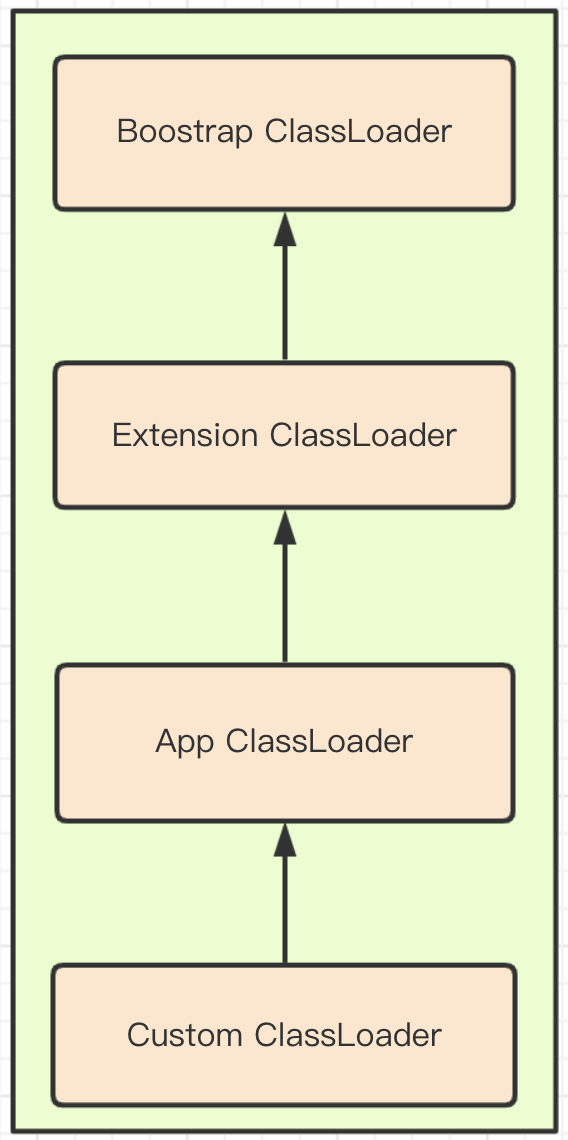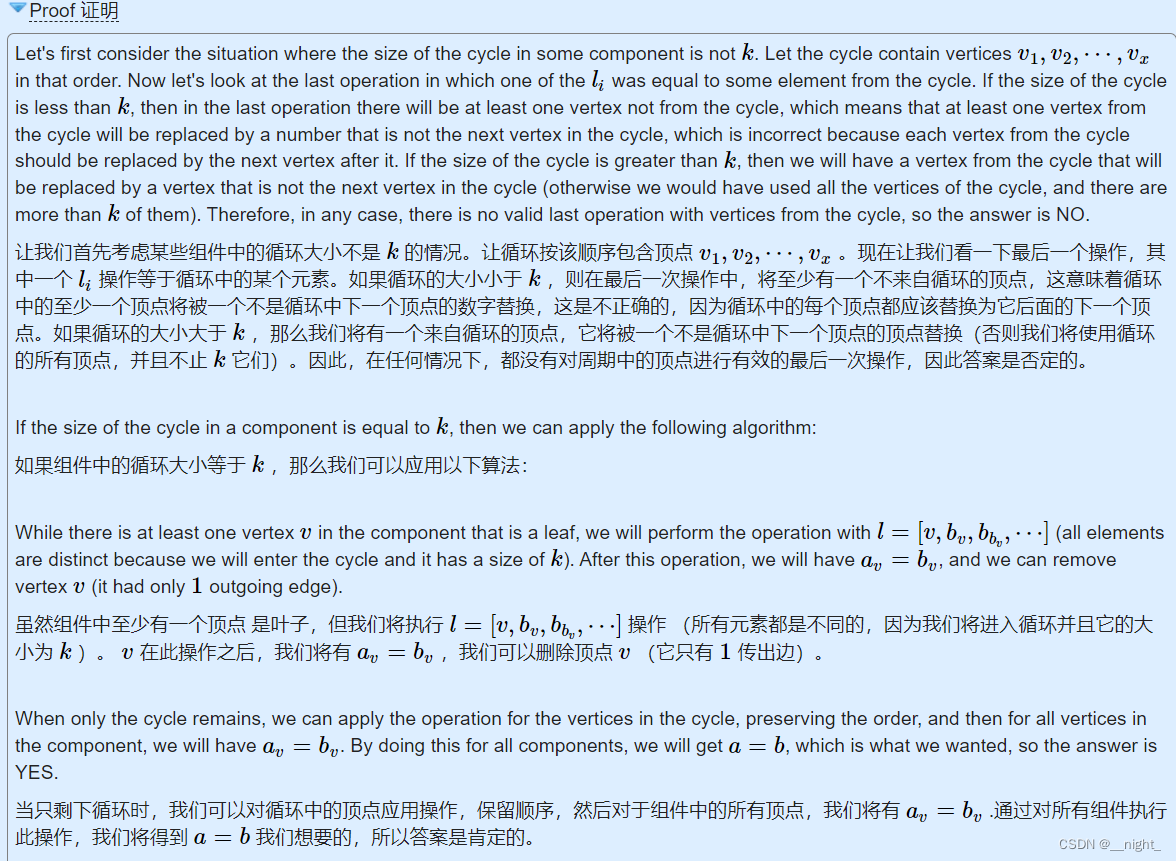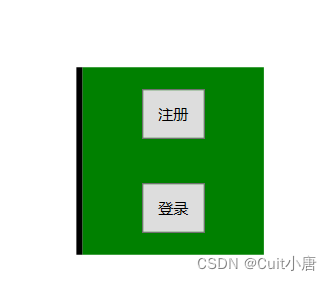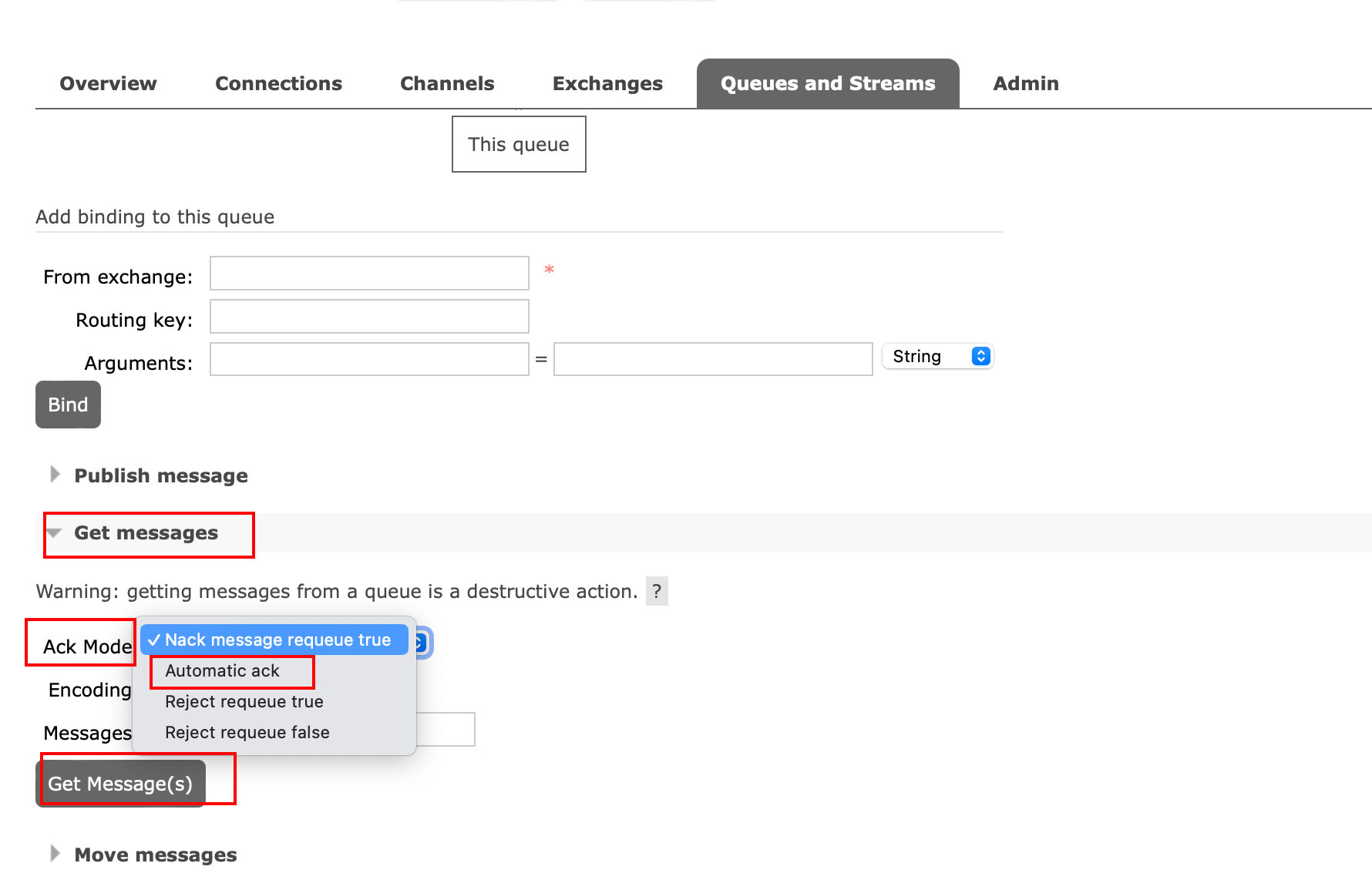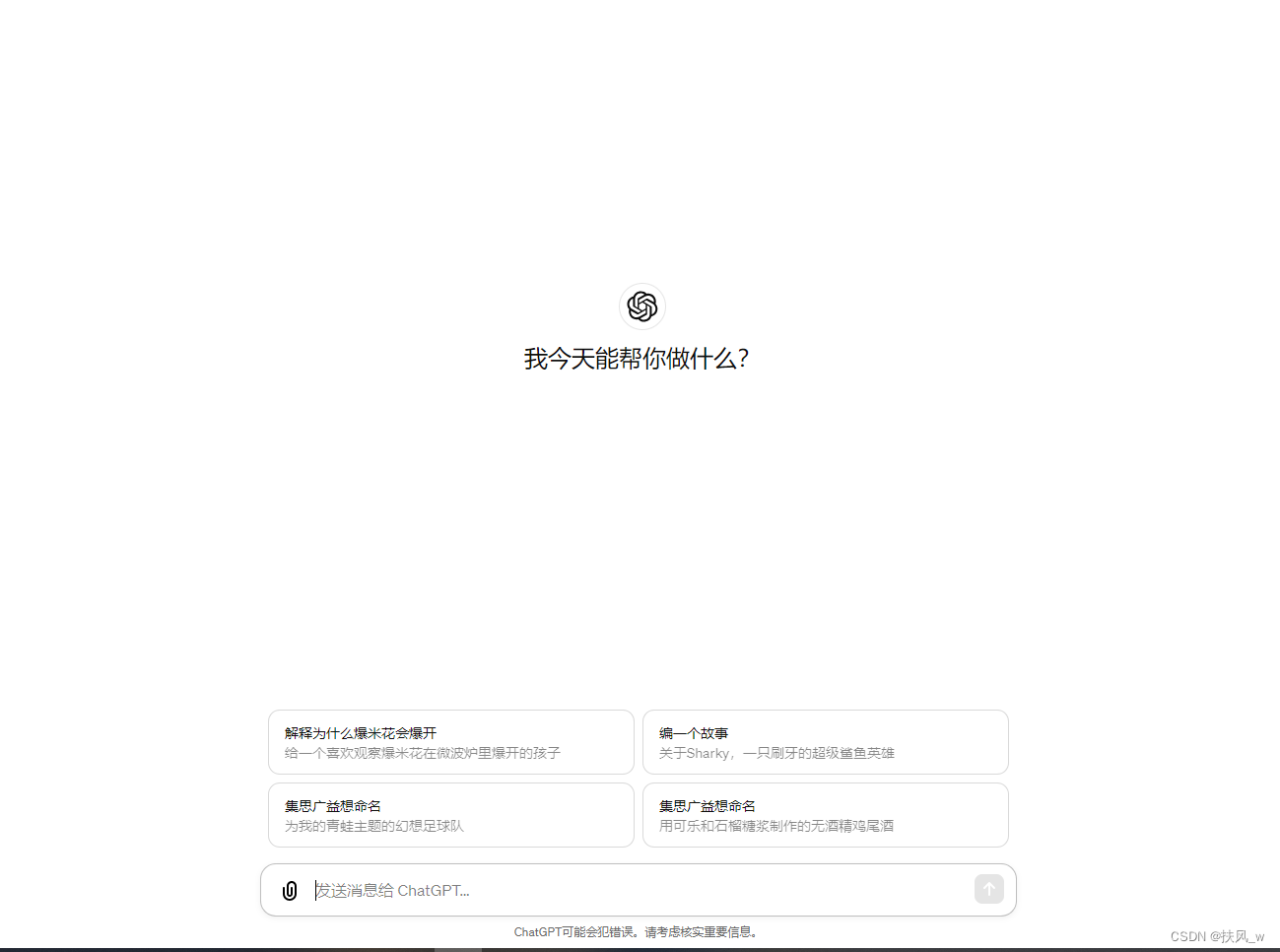5.分割回文子串
- 题目描述
给你一个字符串 s,请你将 s 分割成一些子串,使每个子串都是 回文串 。返回 s 所有可能的分割方案。
回文串 是正着读和反着读都一样的字符串。
示例 1:
输入:s = "aab"
输出:[["a","a","b"],["aa","b"]]
示例 2:
输入:s = "a"
输出:[["a"]]
- 题目分析
本题是回溯算法解决字符串分割问题,通过下面示例我们不难看出分割的方法:
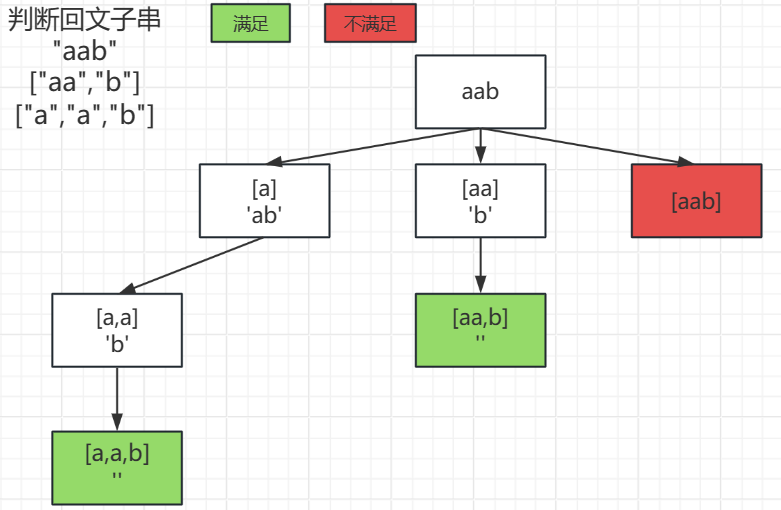
1.partition(String s) 方法是入口点。它初始化了一个空的路径列表 path 和一个结果列表 result,然后调用 backtrack(String s) 方法来进行递归回溯。
2.backtrack(String s) 方法是递归的关键部分。它首先检查传入的字符串是否为空,如果是,则将当前路径添加到结果列表中,并返回。这是递归的终止条件。
3.接下来,使用一个 for 循环来遍历字符串 s 的所有可能的切割点(即 i 的位置)。在每个位置,它将字符串分成两部分:before(i 之前的部分)和 after(i 之后的部分)。
4.在每个切割点,它检查 before 部分是否为回文子串。如果是,就将 before 添加到路径列表中,并继续递归调用 backtrack(after) 方法来处理 after 部分。
5.递归调用结束后,需要将当前添加的 before 部分从路径列表中移除,以便尝试其他可能的组合。
6.isPalindrome(String substring) 方法用于检查传入的字符串是否为回文子串。它使用双指针法来进行检查,如果首尾字符相同,则向中间移动指针,直到两个指针相遇或交叉,否则返回 false。
- Java代码实现
LinkedList<String> path = new LinkedList<>();
List<List<String>> result = new ArrayList<>();
public List<List<String>> partition(String s) {
backtrace(s);
return result;
}
private void backtrace(String s) {
if (s.equals("")) {
result.add(new ArrayList<>(path));
return;
}
for (int i = 0; i < s.length(); i++) {
String subBefore = s.substring(0, i + 1);
String subAfter = s.substring(i + 1);
if (isBack(subBefore)) {
path.add(subBefore);
backtrace(subAfter);
path.removeLast();
}
}
}
private boolean isBack(String s) {
int left = 0;
int right = s.length() - 1;
while (left <= right) {
if (s.charAt(left) == s.charAt(right)) {
left++;
right--;
} else {
return false;
}
}
return true;
}

